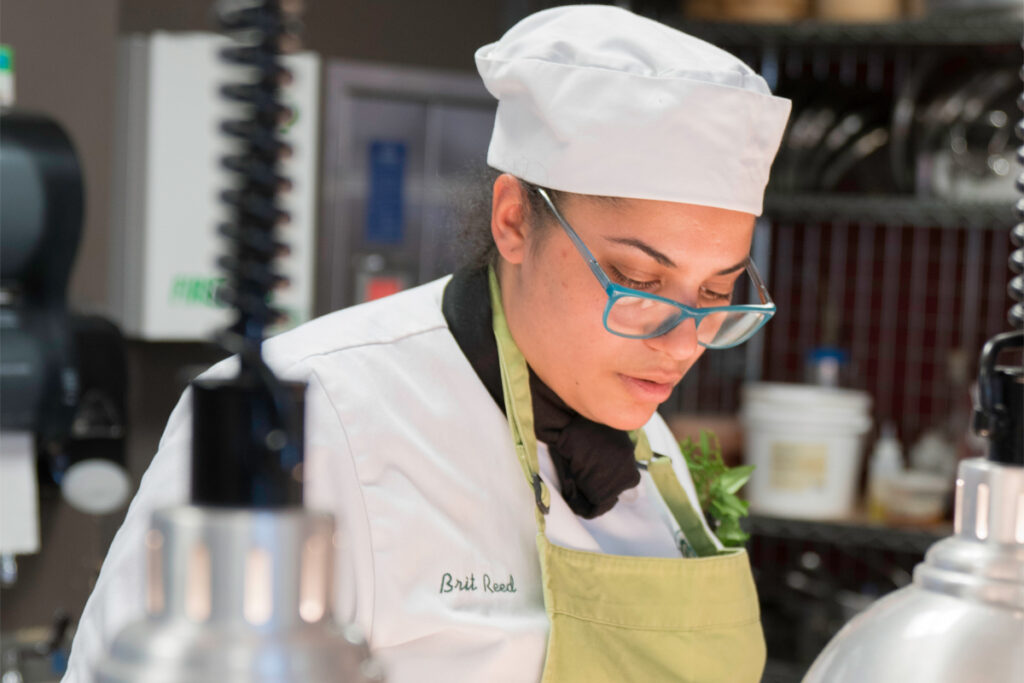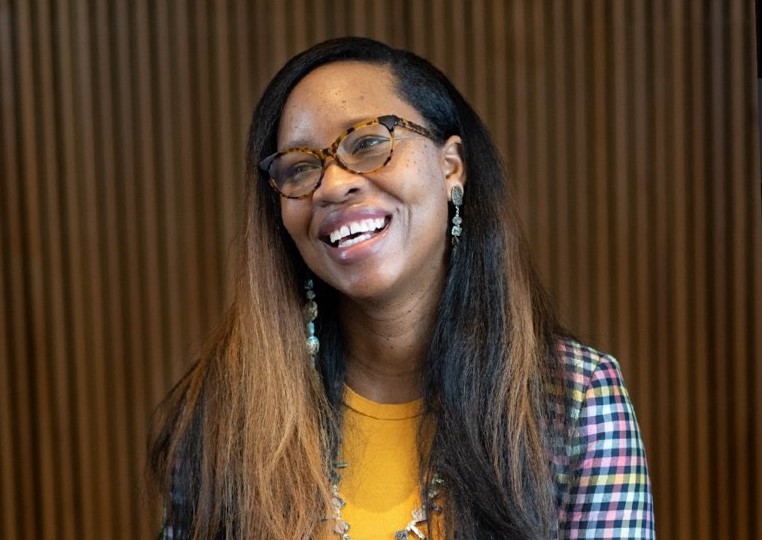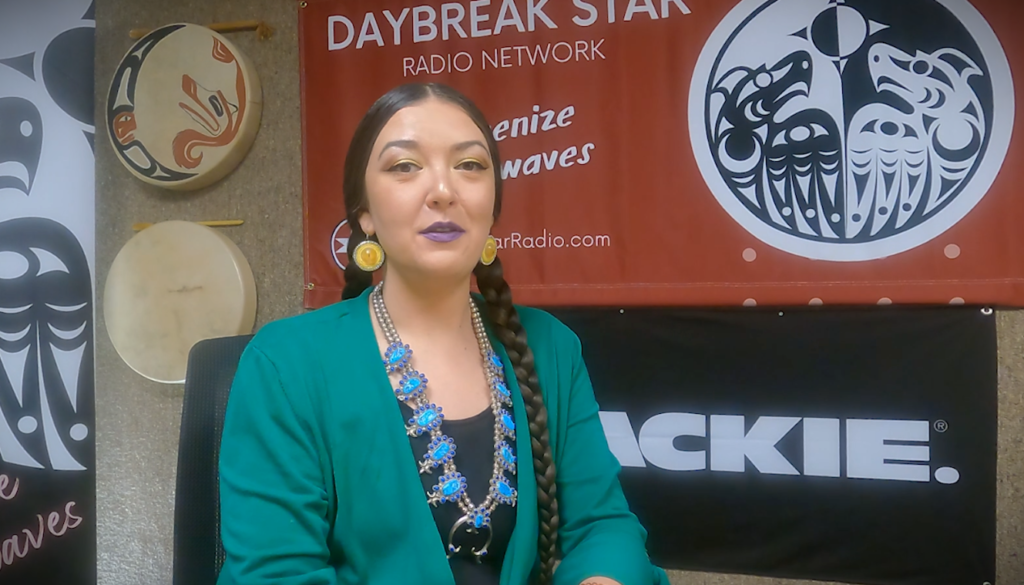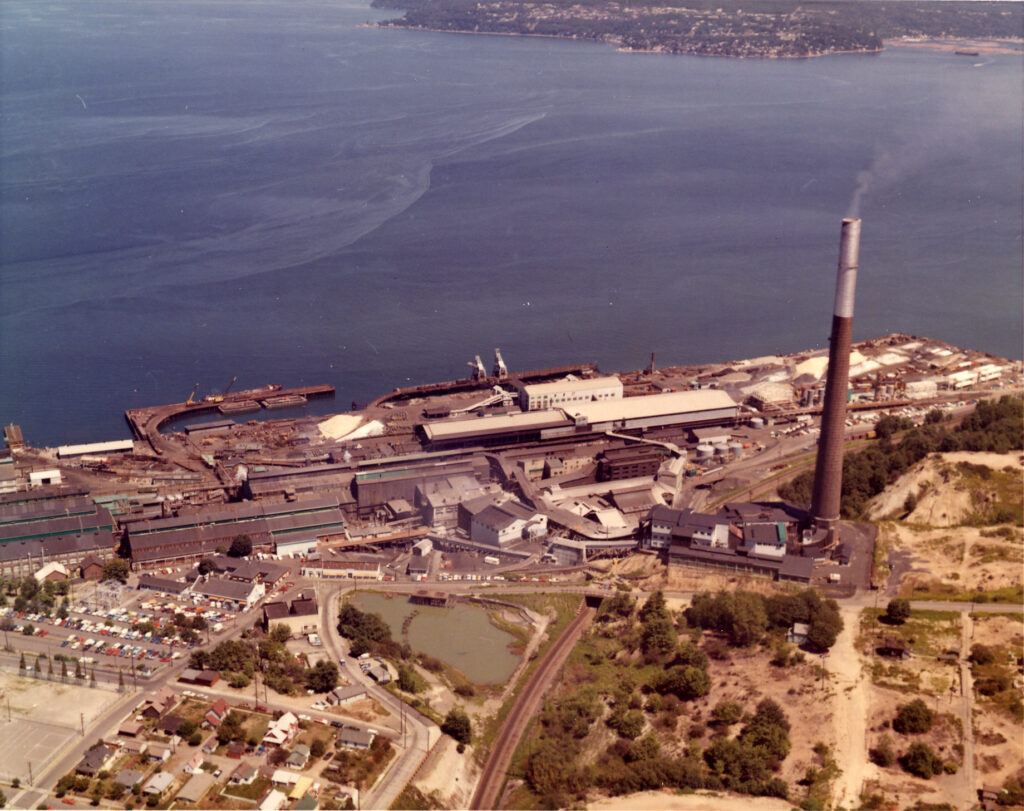Jessica Pilista Towns-Camara – A Deepening Understanding of Native Worldviews and the Power of Interconnection
Written by daybreak on August 6, 2024
Written by Leslie Jimenez
Within Native communities, there is the epistemological worldview that everything comes back full
circle. It is not an exaggeration when Native people state, “an attack on the land is an attack on us,” and
“we are connected to the land.” This knowledge proves true time and time again and emphasizes how
important it is that an individual fully understand the intricacies and interconnectedness between the
land, beings, and inter-generations. Any action, like ripples from skipping rocks in water, starts small and
eventually extends far beyond our eyesight and felt miles away.
Due to ongoing colonial violence, Native communities must continually adapt to current conditions.
Throughout this, Native people have practiced and continue to practice traditional Indigenous
knowledge systems, which can be traced back to time immemorial. In this oral story, Jessica Pilista
Towns-Camara (Sugpiaq/Alutiiq, Yup’ik, and Scottish), honors her forebears through utilizing the power
of jewelry forged from her ancestral Sugpiaq homeland in Alaska. Jessica ensures that the community of
Sugpiaq artists, families, and elders foster an environment of sharing, learning, and cultural vitality
through her tireless efforts. Jessica shares with us the lived experiences and knowledge systems of
Native peoples, the ongoing ramifications of colonialism, and the implications colonial residue will have
on future generations.
Jessica offers insight on the ways in which capitalism, land displacement, and soil pollution have altered
and impacted the ability to grow and harvesting of traditional foods, as well as foster kinship ties with
the land. These factors, and their ramifications, are further emphasized in Jessica’s discussion on the
correlation between suicide rates and the ability to practice traditional knowledge systems.
Jessica also speaks to the challenges tied to land mitigation and restoration in both contaminated areas
and superfund sites. These challenges go past the physical impacts and leak into both cultural practices
and protocols. This leakage is present in Native erasure, displacement, cultural genocide, and physical
genocide of Native peoples. Jessica expands on this damage in speaking to the effects of “cultural
preservation” when non-Native individuals feel entitled to co-opt and gatekeep Native culture. This not
only harms entire communities, but also the land and all our relations.
This story will give readers a deeper understanding of land stewardship and its implications on the ways
in which we, as a society, are accountable to the land, Native communities whose land we reside on and
benefit from, ancestors, and future generations. This accountability is significant, especially when
discussing the current tare that exist between land stewardship, cultural practices, and traditional
knowledge systems. This tare originates as a side effect of land displacement and ongoing cultural
genocide.
Jessica’s awareness of the journey that current and future generations is undertaking and will continue
to undertake through ongoing cultural revitalization efforts further highlights the strength and power
that comes with fully practicing traditional knowledge systems – not only within Native communities,
but among all our relations.
A few notes on background information.
Jessica touches on colonizing factors and ramifications pertaining to blood quantum and cultural
revitalization. You may ask, how is this relevant to soil contamination? Please take time to look at the
legal adversities that are related to: blood quantum, having access to a cultural anthropologist as it
pertains to an environmental scan, honoring Native American Graves Protection Act, practicing
culturally appropriate repatriation protocols, soil genome intellectual property rights, honoring
sovereignty rights, Indians Arts and Crafts Act, and honoring treaty rights.
Finally, through discussion of the Boldt decision, land back, and recommendations for bridging theory to
practice, Jessica leaves us with tangible solutions to address the ramifications stemming from
colonialism.
“Why Native Stories, and the Impacts of Land Contamination” is a collaborative series, in partnership with King County, that explores the environmental legacy of the ASARCO Tacoma Smelter on Native communities. Through storytelling, this initiative highlights their resilience, examining how environmental challenges intersect with their rights, culture, and future, while advocating for justice and sustainability.





